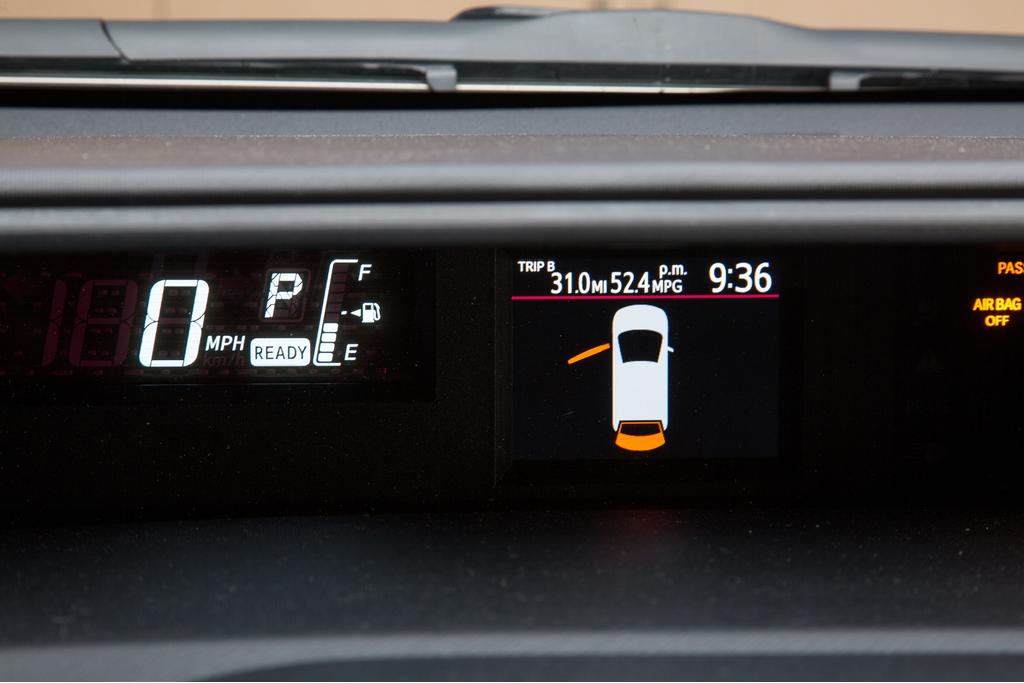
Making a small improvement to the fuel economy of a vehicle that gets poor gas mileage is more impactful than making an even moderate improvement to one with great mileage. That's according to a new report from the University of Michigan's Transportation Research Institute that tracks fuel-economy trends in the U.S. for the 90 years between 1923 and 2013, and identifies where future fuel-efficiency endeavors would be most, well ... efficient.
Related: Gas Prices Are Up, but So Is Average MPG
As researchers Brandon Schoettle and Michael Sivak conclude in their report: Assuming 12,000 miles of driving per year, a vehicle improving 1 mpg from 40 to 41 mpg yields an annual fuel reduction of only about 7 gallons. Meanwhile, a 1-mpg improvement in a vehicle that gets only 15 mpg saves up to 50 gallons a year — more than seven times the per-gallon fuel savings of the higher-mileage vehicle.
What researchers glean from this is that our nation's efforts to reduce vehicle fuel consumption should focus on making at least small improvements to the lowest-mileage vehicles, which on average will result in many more gallons of fuel saved. "In other words, society has much more to gain from improving a car from 15 mpg to 16 mpg than from improving a car from 40 mpg to 41 mpg," the researchers stated.
The history of U.S. fuel economy during the past century has been one of ups and downs, impacted by factors ranging from the explosion of auto manufacturing in the early part of the 20th century to the fuel crisis of the 1970s to the economic recession of recent years. Surprisingly, from 1923 to 1935, fuel economy actually was higher than in subsequent years, hovering around 14 mpg on average for all types of vehicles, UMTRI reported.
Fuel economy took a hit in the four decades after that, as the emphasis turned to power and acceleration. Then, following the 1973 oil embargo, the nation made dramatic leaps, improving nearly 52 percent from 12.9 mpg to 19.6 mpg by 1991. Improvements were slow but steady after that, with fuel economy going up more than 10 percent to 21.6 mpg by 2013.
No comments:
Post a Comment